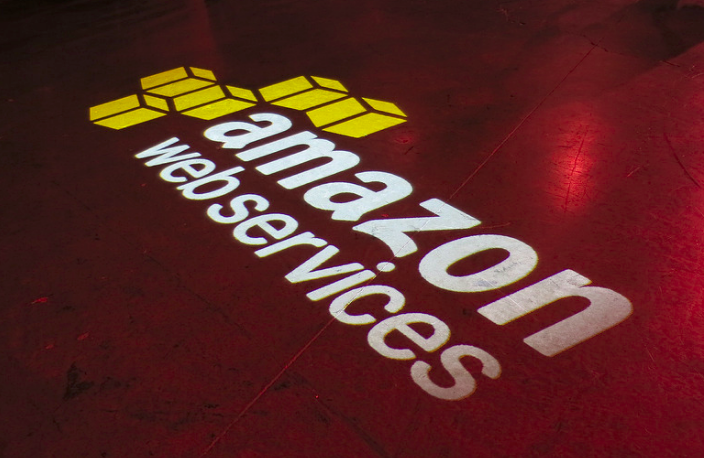 CLOUD
CLOUD
 CLOUD
CLOUD
 CLOUD
CLOUD
Amazon Web Services Inc. today offered some revved-up cloud computing instances aimed at customers running resource-intensive “in-memory” databases such as SAP SE’s HANA.
The new High Memory EC2 instances offer a choice of 6, 9 and 12 terabytes of memory, with 18TB and 24TB options to arrive next year.
AWS Chief Evangelist Jeff Barr said in a blog post that the idea is to allow customers to run in-memory databases, which keep entire datasets in short-term RAM memory, closer to the enterprise applications they interact with.
Numerous enterprises have requested this ability, Barr explained, but up until now, it hasn’t been possible. The best workaround has been to run in-memory databases on-premises or in a colocated data center, but this involves additional networking that adds more complexity, latency and variability.
With the High Memory instances, customers can run their in-memory databases in the same Virtual Private Cloud as the storage, networking, analytics, “internet of things” or machine learning services they connect with, thereby reducing latency and operational simplicity, Barr said.
Analyst Holger Mueller of Constellation Research Inc. said there would be big demand for these high-powered instances because enterprises are increasingly moving applications to in-memory databases, so they need larger platforms to accommodate the load.
“SAP Hana and the SAP apps that run on it are an especially demanding use case, as they hold all data in-memory,” Mueller said.
Amazon cited several customers as proof of this demand. They include Fast Retailing Co. Ltd., which was previously running SAP HANA on its EC2 X1e instances with just 4TB of memory. The company is now transitioning to the new High Memory instances with 6TB of memory to scale out its operations.
“Our fast-paced industry requires data and analytics in real time, and we use SAP HANA database to support us,” Fast Retailing Chief Information Officer Makoto Hoketsu said in a statement.
Mueller said the extra memory provided by the new instances gives Amazon a chance at being the main enterprise partner for running S/4HANA and BW/4HANA workloads, even in the most demanding scenarios.
“The win for enterprises is that they don’t have to find the capital expenditure for these platforms, as they can operationalize them as operational expenditure via AWS,” Mueller continued. “It will be interesting to see if AWS can check the code to get large numbers of the SAP install base to move.”
Still, Amazon is likely to face competition for these kinds of in-memory workloads from its public cloud rivals in the near future. Earlier this year, for example, Google LLC said it would boost support for SAP HANA and other workloads on its own cloud platform using Intel Corp.’s soon-to-be-released Optane DC persistent memory.
THANK YOU